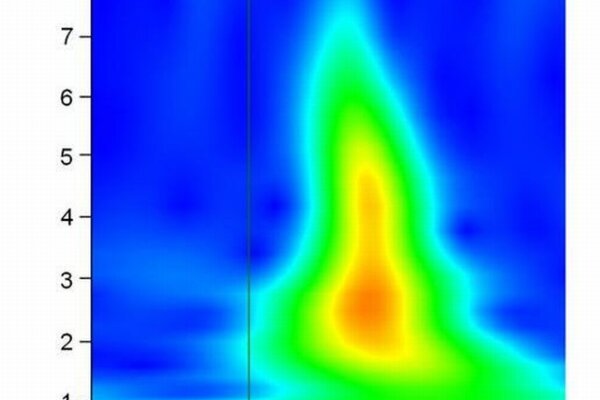2011-01-29

In the present study a team of IKN scientists investigated the temporal and spectral dynamics as well as the cortical networks underlying the interaction of hemispheric asymmetries and executive functions related to response inhibition.To this end, event-related potentials were recorded during tachistoscopic presentation of verbal 'Go' and 'Nogo' stimuli in the left (LVF) and theright visual field (RVF). Participants committed fewer false alarms to verbal Nogo stimuli presented in the RVF than to stimulipresented in the LVF. This asymmetry was paralleled by the neurophysiological data. The Nogo-N2 and relateddelta frequency band power were stronger when response inhibition was driven by stimuli presented in theLVF, implying a stronger response conflict. This effect was mediated by stronger activations in bilateralmedial-prefrontal and especially left parietal networks. These findings show that hemispheric dominances in information processingcan induce differences in demands on cognitive processes operating via bilateral networks that ultimatelydrive behavioural asymmetries.

In the present study a team of IKN scientists investigated the temporal and spectral dynamics as well as the cortical networks underlying the interaction of hemispheric asymmetries and executive functions related to response inhibition.To this end, event-related potentials were recorded during tachistoscopic presentation of verbal 'Go' and 'Nogo' stimuli in the left (LVF) and theright visual field (RVF). Participants committed fewer false alarms to verbal Nogo stimuli presented in the RVF than to stimulipresented in the LVF. This asymmetry was paralleled by the neurophysiological data. The Nogo-N2 and relateddelta frequency band power were stronger when response inhibition was driven by stimuli presented in theLVF, implying a stronger response conflict. This effect was mediated by stronger activations in bilateralmedial-prefrontal and especially left parietal networks. These findings show that hemispheric dominances in information processingcan induce differences in demands on cognitive processes operating via bilateral networks that ultimatelydrive behavioural asymmetries.